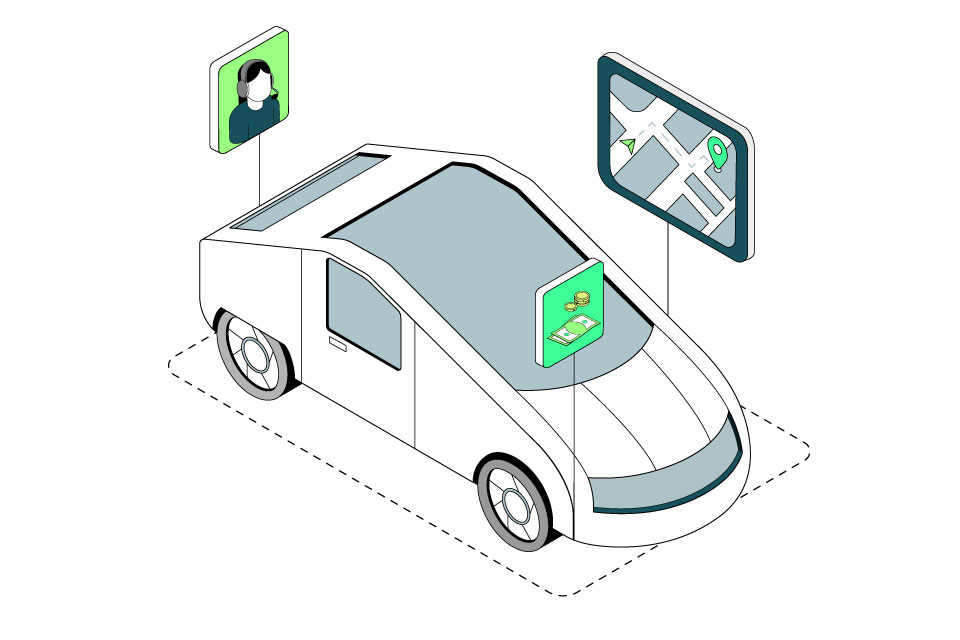By Jo Causon, CEO, The Institute of Customer Service
For over a decade now, The Institute has been tracking customer satisfaction, publishing our UK Customer Satisfaction Index (UKCSI) every January and July and analysing the key trends. UKCSI is a special one in that we look back and assess the learnings from more than ten years’ worth of data to help businesses move forward in the future. It is disappointing that this landmark doesn’t fall in better times! Because unfortunately what we see at present is a steady and continuing fall in customer satisfaction levels. After five successive drops “stretching back over a period of two and half years” the time has surely come for organisations to reverse this decline and get satisfaction back on an upwards curve.
But firstly, what does our historic analysis show? We have lived through one of the most disruptive decades in recent history characterised by low growth and productivity, austerity, and falling levels of trust in many organisations and institutions. Perhaps it is no surprise then that customer satisfaction hasn’t enjoyed a straightforward or easy path. What we find is an impressive rise in customer satisfaction from 2008 to 2013 “whereupon it falls away quite dramatically from July 2013. This can most likely be ascribed to organisations investing less in service and the customer proposition, in a lag effect from the financial downturn that kicked off in 2008/09. However, organisations managed to turn this around from mid-2015, by getting a better grip on the basics such as complaint handling and service recovery. The trend was then upwards for two years, until July 2017 (see UKCSI report).
Ever since then, the overall satisfaction score has been falling. It now stands at 76.9, nearly one point down on January 2019 and at its lowest level since July 2015. All of the five key dimensions of customer satisfaction that we track against “customer experience, complaints, customer ethos, emotional connection, and ethics” are lower than a year ago. This downward trend is something I have been commenting on and warning about for some time now. As we enter a new decade – turning a new page if you like – it feels like the opportunity is there to put it right.
To do that of course we need to think about what the problem is. Why are customer satisfaction levels falling? On one level, it is partly driven by the fact that some organisations still struggle to get the basics right: making the information customers need available and accessible, responding promptly to queries, dealing effectively with complaints, seeing their promises and commitments through. In some sectors, these ‘transactional’ aspects of customer service remain a real issue. In the Transport and Utilities sectors, for example, the customer satisfaction gains of recent years seem to have been lost.
But there are also deeper and subtler issues at play. There has been an uncertain economic and political environment since the Referendum in 2016 and that has perhaps led many organisations to take their eye off the customer service ball. Another key factor is that there has been something of a shift in customer attitudes and priorities in recent years. With “on average “less money in their pockets, but more choice, growing numbers of customers have become more discerning and look for an emotional connection with the brands they do business with. Issues of ethics, purpose and sustainability have noticeably risen up the agenda. Many customers have begun to spend and buy less, not necessarily just for financial reasons, but because they want to consume less and have a lighter footprint. So is it perhaps the end of ‘mass consumerism’?
To really engage with customers, organisations must therefore not only provide great service across all the basics but also design experiences around their customers’ needs, with a really clear proposition that customers understand and find authentic. Businesses that lack clarity and try to be all things to all people need to challenge themselves harder to define their purpose, because otherwise the danger is they satisfy no one and experience a downwards drift in customer engagement, loyalty and advocacy. True differentiation and personalisation are key here.
When we look back over the last ten years, it is striking to see that there are a number of organisations who have consistently featured in the top ten throughout the period “and still do today. John Lewis, Amazon, First Direct, Nationwide and Next are in the Jan 2020 UKCSI top ten and in the top ten averaged out over the last decade. John Lewis sits at the top of the tree in this January’s rankings, while Amazon is the number one performer averaged out over the last decade as a whole.
I would argue that all of these high performers have very clear customer propositions and organisational purpose, get the basics right and steadily invest in the customer experience. I am heartened by their consistent excellence over the longer term.
They can serve to inspire businesses, but they too need to hold their focus and be stay true to their purpose whilst always innovating to stay relevant.
There is so much to gain. Research we have published has shown that organisations who consistently outperform their sector’s average customer satisfaction have achieved higher revenue growth, ebitda and revenue per employee than others. They also have higher levels of trust – something that is growing in importance.
As we move into the 2020s, I hope the lessons and trends revealed in our UKCSI will help organisations turn the tide – putting the shine back on our internationally renowned service standards, driving customer satisfaction and loyalty up, and boosting financial performance.



